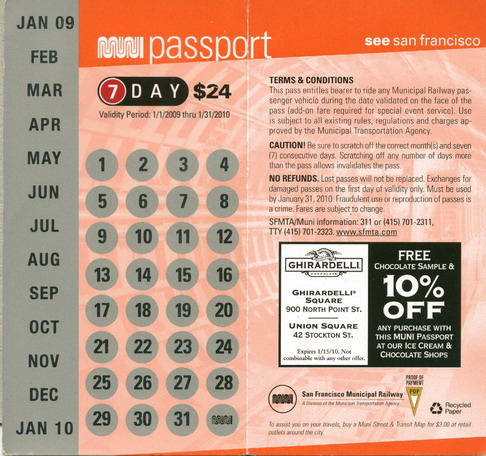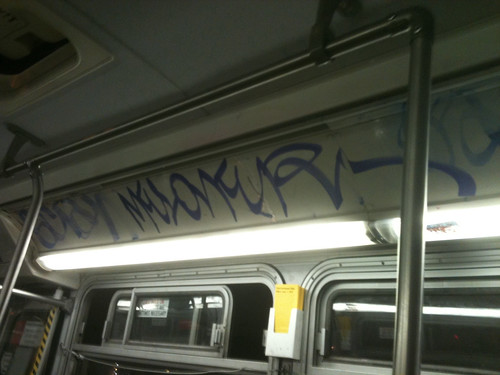Safety.
The most critical thing that Muni must improve on is our safety, and
how Muni will protect us and our belongings. Without ensuring the rider’s safety on
Muni transportation, nobody will think that Muni is a reliable transportation
we can take every day.
Every single day, fights and arguments are bound to happen on
Muni buses, but it depends if you can see it. Often times, fights don’t get
that serious, and the bus drivers stop them before it scares the riders. The
bus driver, in the event of fights or arguments, has the responsibility to stop
the bus and to end the fight.
Fights Occurring on Muni
I’ve seen
more arguments than fights. People usually argue for some unknown reason, and
then they leave the bus. Usually, it doesn’t end up in a fight. However, fights
do happen, and then it becomes more serious.
A few years back, when I was in High school, a
YouTube clip was widely shared throughout the internet. The
clip was about a Chinese lady and an African American lady fighting on the 30
bus line because the African American lady wouldn't move her backpack over to
let the Chinese lady sit.
The argument
over the seat ended up as a fight, and some passengers tried to help stop the
fight. The Muni driver stopped the bus, and then the African American lady left
the bus. Although Muni should not have let that happened, there wasn't much
that a driver can do. The best the driver can do is to call the police and then
try to stop the fight.
In addition to arguments and fights, pick pocketing and robberies are also very
common on Muni buses. According to ABC News, thefts on Muni increased from 102
to 150, and robberies increased from 38 to 57. Muni will need to prioritize our
safety by coordinating with the San Francisco Police.
On the SFMTA webpage, it lists out some pointers that you can
follow to avoid being pick pocketed and to be safe. I chose a few important key
ideas to share on this blog.
1.
Stay awake. A pickpocket's easiest victim is a sleeping
customer. If you feel drowsy, it's best to get up and stand.
2.
Stay alert. Be aware of your surroundings and the people
around you.
3.
Avoid displaying large amounts of money in public.
4.
Carry wallets inside coat or front pants pocket - never in a
backpack. (SFMTA)
These ideas
are found in SFMTA’s website, and there are many more useful tips.
In addition
to the above ideas, the San Francisco Police is also working to lower crime
rates on Muni buses. Police are riding Muni to inspect the buses and make sure
nothing bad is happening. These policeman or policewoman ride Muni for about 5
blocks and then hop off. This is an example of an attempt to stop theft from
happening.
Have you experienced some scary
moments on Muni? I’d love to hear your story! Comment below to share!









